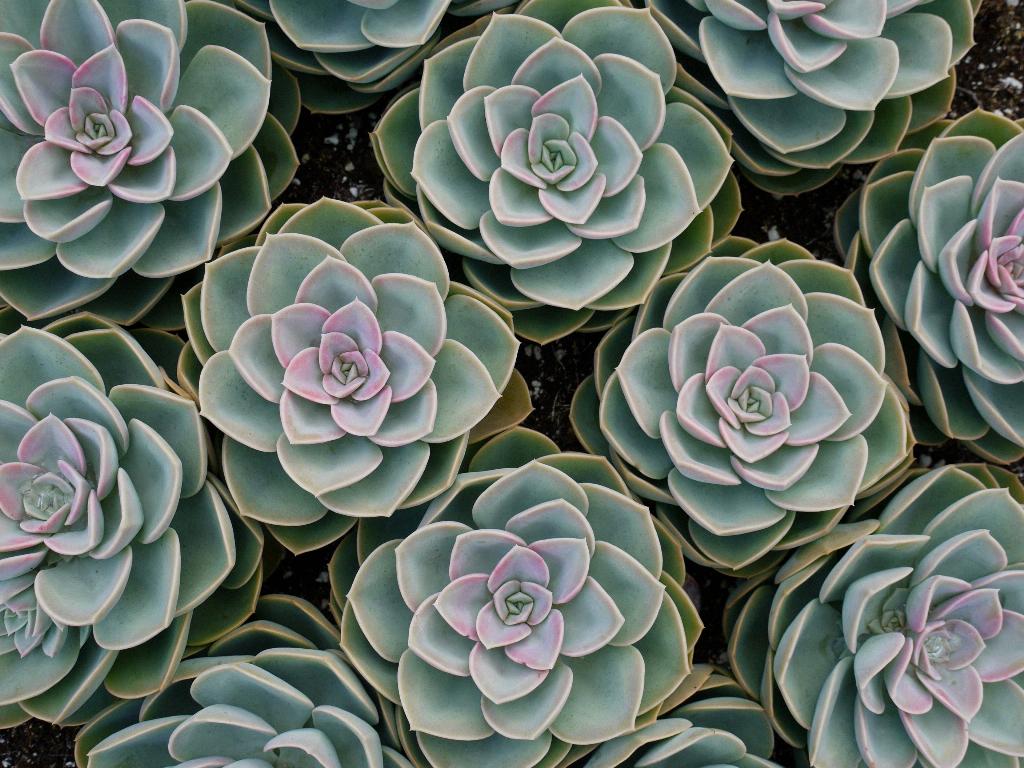When it comes to identifying a dying succulent, there are several key indicators to keep in mind. One of the most common signs is the discoloration of the leaves. Overwatering can cause succulent leaves to turn yellow, a clear indication that something is amiss. As the condition worsens, the leaves may become soft and mushy to the touch, ultimately resulting in a color change to brown or even black.
Moreover, another crucial aspect to observe is the texture of the leaves. A dying succulent may exhibit translucent or clear leaves and stems, a stark deviation from the normal healthy appearance of these plants. This visual cue can be particularly helpful in pinpointing issues such as overwatering or root rot. For instance, Echeveria succulents are prone to root rot when exposed to excessive moisture, leading to the plant’s overall decline.
Another telltale sign of a succulent in distress is the presence of wilted or shriveled leaves. When a succulent is not receiving adequate water, its leaves may start to wither and lose their plumpness. This can serve as an indication that the plant is struggling to maintain its normal physiological processes, and immediate intervention may be required to prevent further deterioration.
In addition to changes in leaf color and texture, a dying succulent may also display signs of physical damage such as browning or blackening of specific areas. This discoloration is often a result of underlying issues like fungal infections, sunburn, or pest infestations, all of which can contribute to the overall decline of the plant if left unaddressed.
Furthermore, when examining a succulent for signs of decline, it is crucial to pay attention to its overall growth pattern. A dying succulent may exhibit stunted or abnormal growth, with new leaves failing to develop or existing ones showing signs of deformation. These growth irregularities can be indicative of various stressors that the plant is facing, from nutrient deficiencies to environmental imbalances.
It is also essential to observe the root system of a succulent when assessing its health status. In a dying succulent, the roots may appear mushy or discolored, indicating that they are no longer able to effectively absorb nutrients and water from the soil. Root rot, a common issue in overwatered succulents, can lead to the deterioration of the entire plant if not addressed promptly.
Another sign that a succulent is in distress is the presence of pests or insects on its leaves or stems. Common succulent pests such as mealybugs, spider mites, and aphids can cause significant damage to the plant by feeding on its sap or tissues. If left unchecked, pest infestations can weaken the succulent’s defenses and make it more susceptible to diseases.
In addition to external manifestations, a dying succulent may also exhibit internal symptoms that signal its deteriorating health. For example, the plant may start to show signs of wilting from the inside out, with inner leaves turning yellow or becoming mushy before the symptoms manifest on the outer layers. This progressive decline is a clear indicator that the succulent is in need of immediate care.
Furthermore, changes in the overall appearance of a succulent can offer valuable insights into its health status. A dying succulent may lose its characteristic vibrancy and luster, appearing dull or lackluster compared to its healthy counterparts. This visual cue can help discerning plant owners identify potential issues that are impacting the succulent’s well-being.
Moreover, a succulent on the verge of decline may exhibit signs of stress or distress, such as leaf drop or premature shedding. As the plant struggles to cope with unfavorable conditions, it may shed leaves as a survival mechanism, redirecting its resources towards critical areas and conserving energy to combat the stressors that are affecting its growth and development.
Another key indicator of a dying succulent is its overall fragility and susceptibility to physical damage. A plant that is in poor health may show reduced resilience to external pressures, making it more prone to breakage or injury. This fragility can be attributed to weakened cellular structures and compromised defense mechanisms that leave the succulent vulnerable to further harm.
Lastly, the general demeanor and behavior of a succulent can also provide valuable clues about its health condition. A dying succulent may exhibit a lack of responsiveness to watering or light, showing minimal signs of recovery or improvement despite attempts to revive it. This lack of resilience and vigor is a clear signal that the succulent is in a critical state and requires urgent attention.

